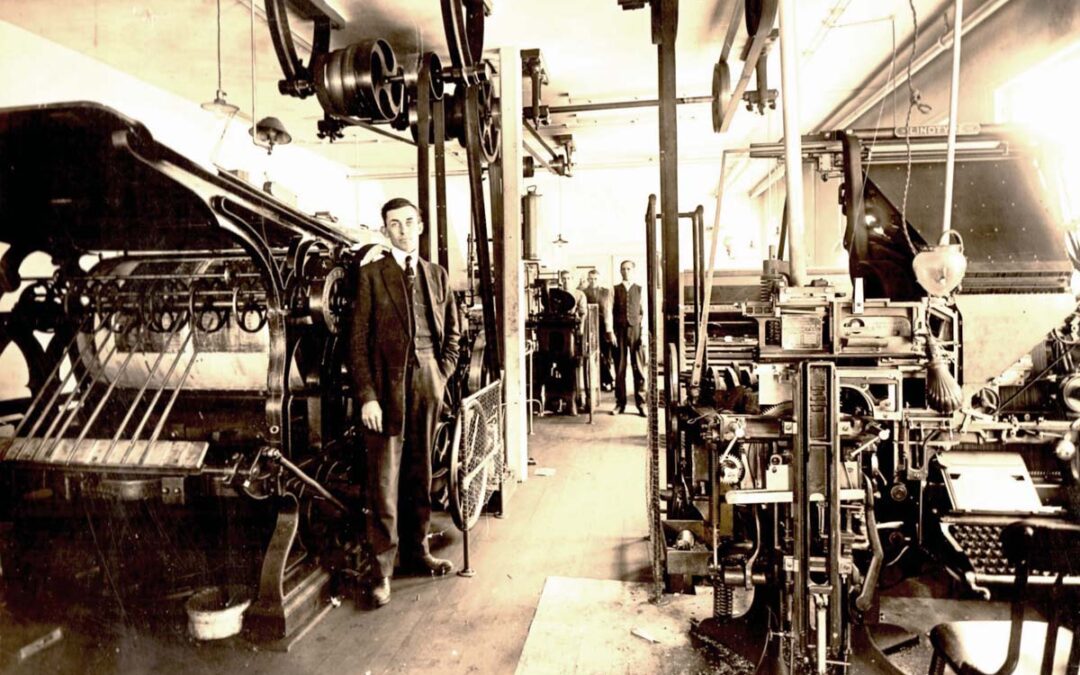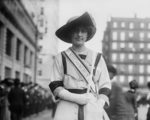Driving-Walking Cemetery Tour Aug. 27
The fourth and last in a series of Sunday Cemetery Strolls will be offered by the Historical Society of the Town of Middletown Sunday, August 27.
Participants will meet at 2 p.m. at the municipal parking lot on Bridge Street (opposite Freshtown) Margaretville. We’ll form a caravan (carpooling encouraged!) to drive a scenic 25-mile loop from Arkville, up Dry Brook and over the mountain to Mill Brook, visiting three small cemeteries to learn about some of the people who rest there.
The Woods-Avery and Lake Hill Cemeteries will be stops on the Dry Brook side, followed by a visit to the Gavette Cemetery in Mill Brook. Allow about two hours for the tour and return drive to Margaretville.
Admission is $5 per person; children 12 and under may take the tour for free. Reservations are not necessary. HSM’s new brochure, a self-driving tour of nine local cemeteries, will be provided to tour-goers.
Participants are advised to wear sturdy shoes and expect some uphill walking.
Guides from HSM will introduce tour-goers to a child who rescued his little brother from a raging fire in the dead of winter, and ten years later became the area’s first battle casualty of World War I; a French and Indian War veteran whose eternal slumber was interrupted by the Pepacton Reservoir; a young wife who cared for her aged father until he died, then followed him to the grave a month later; two sisters who lost their lives in the tumbling waters of Dry Brook, and several others.
For information on HSM’s upcoming programs and to become a member visit www.mtownhistory.org.




